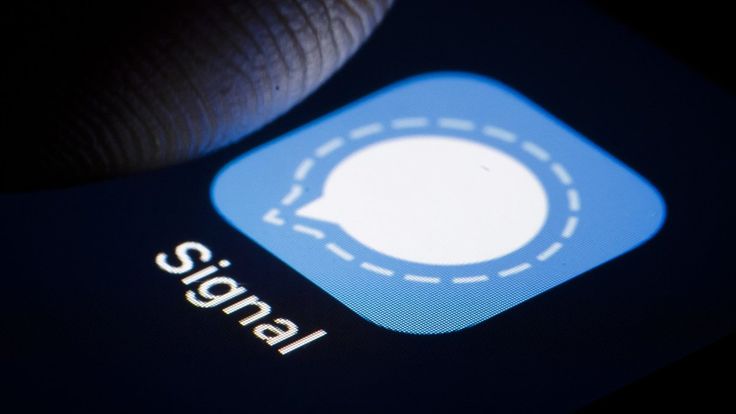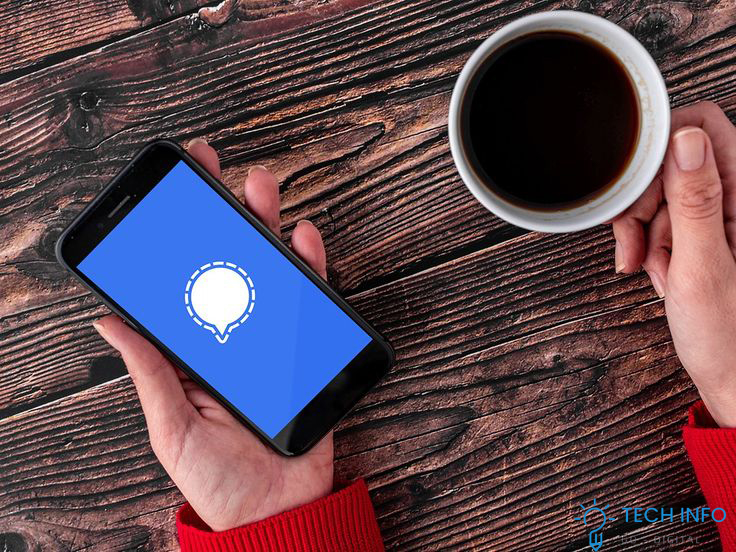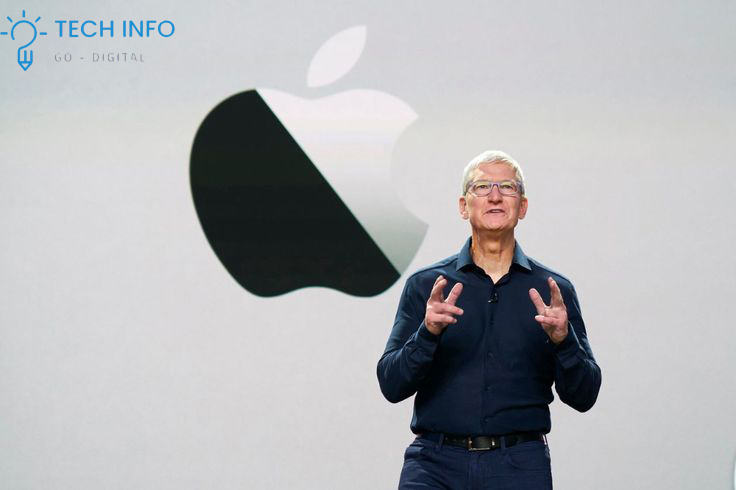Table of Contents
ToggleSignal’s New Windows Update Blocks Screenshots of Chats: A Leap Forward in Messaging Privacy

In an era where digital privacy is under constant threat, Signal has once again demonstrated its unwavering commitment to secure communication. The latest Windows update from Signal introduces a powerful new feature: screenshot prevention for chats. This seemingly small update has sparked significant conversations among users, cybersecurity experts, and privacy advocates alike.
In this blog, we explore what this update entails, why it’s a big deal, how it works, and what it means for the future of private messaging
What’s New in the Signal Windows Update?
Signal, the privacy-focused messaging platform known for its end-to-end encryption, recently rolled out an update to its desktop app on Windows. This update includes a notable security feature that prevents the operating system from capturing screenshots of open chats.
This feature works similarly to the “Screen Security” option already available in the Android version of the app. When enabled, the screen contents of Signal chats are blocked from being recorded or captured using screenshot tools—either manual screenshots or third-party screen recording apps.
While this might seem like a minor enhancement, it’s actually a significant move towards safeguarding user privacy
Why Screenshot Blocking Matters
You might wonder, “What’s so dangerous about screenshots?” After all, it’s just a still image of a conversation. But that’s precisely the issue. Screenshots can be easily taken, stored, and shared without the knowledge or consent of the participants in a conversation.
Here are some real-world risks associated with chat screenshots:
- Data leaks: Sensitive or personal information captured in a screenshot can be leaked—accidentally or intentionally—leading to reputational damage or worse.
- Social engineering: Screenshots showing usernames, contact details, or personal schedules can be used in phishing or social engineering attacks.
- Loss of context: A screenshot can be taken out of context or edited to mislead others.
- Unintended sharing: Many users accidentally upload or sync screenshots to cloud storage or social media platforms, exposing private information unintentionally.
By blocking screenshots, Signal adds a layer of control and protection for its users, ensuring that their conversations stay private and secure.
How Does It Work?
The technology behind screenshot prevention on Windows is quite clever. Signal uses an OS-level flag or window property that tells the operating system, “Do not allow this window’s contents to be captured.” This API or system call essentially disables the ability for third-party applications or screen capture tools to access the visual output of the chat window.
On Android, a similar technique is used where the app sets a specific flag on the view (FLAG_SECURE), which prevents the screen content from being captured in screenshots or appearing in the list of recent apps.
On Windows, the mechanism is different, but the principle is the same—Signal instructs the system to block visual output of the chat window from any software trying to capture it.
This is especially useful in work environments or shared computers where users may be concerned about screen-capturing malware or even curious colleagues.
Who Benefits From This Feature?
This feature is especially valuable to:
- Journalists and whistleblowers who communicate sensitive information and need high levels of security.
- Activists and human rights defenders working in oppressive regimes where leaked conversations can lead to serious consequences.
- Everyday users who simply value their privacy and want more control over how their personal messages are handled.
In short, anyone who uses Signal to communicate sensitive, personal, or confidential information stands to benefit.
How to Enable It
If you’re using the updated Signal Desktop app on Windows, the feature might be enabled by default. If not, it’s easy to turn on:
- Open the Signal app on your Windows desktop.
- Navigate to Settings > Privacy.
- Look for an option called Screen Security or Disable Screenshots.
- Toggle it on.
Once enabled, the app window will not allow any screenshots or screen recordings of your chats.
Limitations and Workarounds
As with any security feature, it’s important to recognize that no solution is 100% foolproof. Screenshot blocking has some limitations:
- Physical photos: Someone can still take a picture of the screen using a phone or camera.
- Advanced malware: Sophisticated spyware could bypass OS-level restrictions and record screen data at a deeper level.
- User trust: If the person you’re chatting with really wants to share your conversation, they can still transcribe it manually or find other ways to do so.
That said, this feature significantly raises the barrier to casual privacy breaches. It deters the most common and easiest form of conversation leakage—screenshotting.
A Bigger Move Toward Secure Messaging
A Bigger Move Toward Secure Messaging
Signal has always led the way in private communication. From pioneering end-to-end encryption to developing the Signal Protocol used by other apps like WhatsApp and Facebook Messenger, it’s clear that Signal isn’t just another messaging app. It’s a privacy-first platform.
This new feature aligns with that philosophy. It reinforces the idea that what you say in a private conversation should stay private—and that includes your screen.
Moreover, it may encourage other platforms to adopt similar protections. In today’s climate, where even tech-savvy users are increasingly wary of data exposure, privacy enhancements like these could become industry standards.
Final Thoughts
Signal’s decision to block screenshots on Windows isn’t just about technology—it’s about trust. By giving users more control over their data, Signal continues to build a platform that respects and protects privacy at every level.
This update is a step in the right direction and signals a broader trend in the digital world. Privacy is no longer a niche concern; it’s a fundamental right. And Signal is making sure that right is respected—one feature at a time.
Whether you’re an activist, a journalist, a professional, or just someone who values digital dignity, Signal’s latest update is a reason to feel a little more secure in your conversations.





